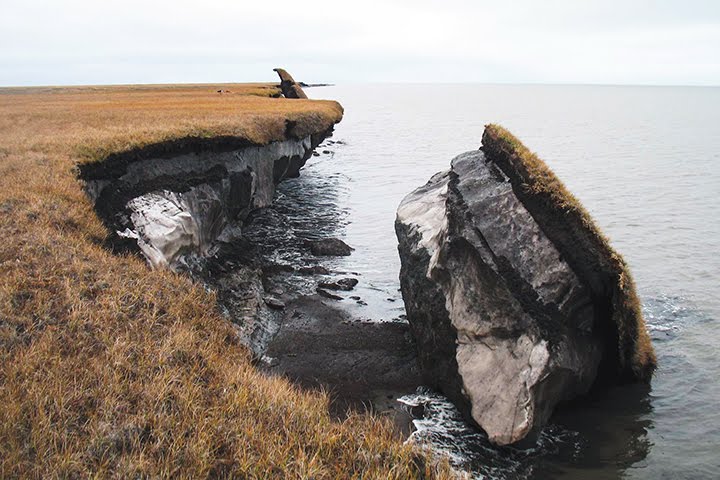Methane (CH4) contributes approximately 20–30% of global emission-related radiative forcing, and is the second largest source of current anthropogenic warming, with a global warming potential 28–34 times larger than that of CO2 over a 100-year time horizon. The study “Boreal–Arctic wetland methane emissions modulated by warming and vegetation activity” published in nature on Feb 14th, 2024 used actual methane data measurements from permafrost sites. It concluded, “The lack of increasing trends in most of the current-generation process-based biogeochemical models suggests probable underestimation of future warming-induced increases in wetland CH4 emissions.”
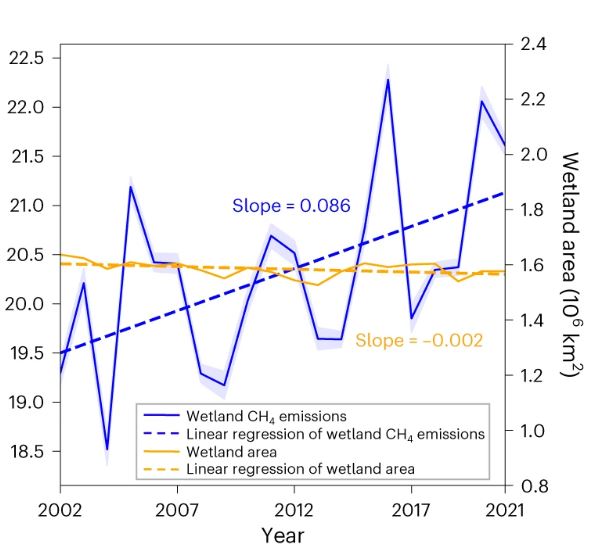
The graph depicts the rising trend line of methane release from 2002 to 2021. While seasonal variability is clear the trend line shows a clear increase in release. So what does this new study suggest? It suggests that the previous predications of methane release and the corresponding global temperature increases of the previous models are underestimating the rate at which temperatures will rise. This revelation also means that the previous predictions regarding sea level rise are also likely underestimated. The study can be viewed here.

If we allow global temperatures to rise by 2 degrees Celsius compared to pre-industrial times, we’re looking at a future where our seas could rise by over 40 feet. Imagine our world’s greatest cities – New York, London, and Shanghai – swallowed by the ocean. This is a change that would redraw the map of the world and displace millions of people.
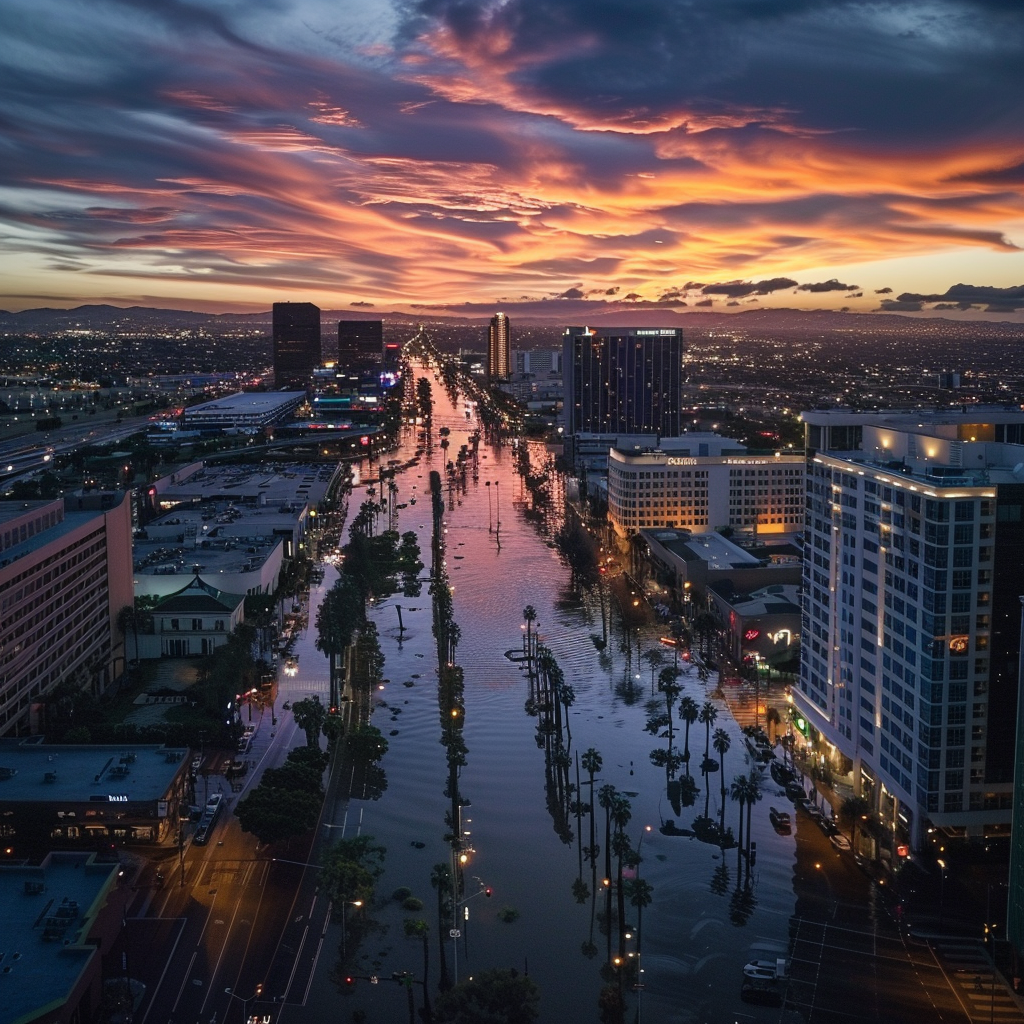
The science is clear: the melting of ice sheets and ice shelves is happening now, and it’s happening fast. Recent studies suggest that we’re teetering on the edge of a precipice, with dangerous tipping points looming closer than we ever thought possible. Without a radical shift in our approach to climate change, we could soon find ourselves in a world where sea levels are rising at a rate that’s simply too fast for us to keep up with. Coastal communities would become uninhabitable, forcing people to leave their homes and everything they know behind.
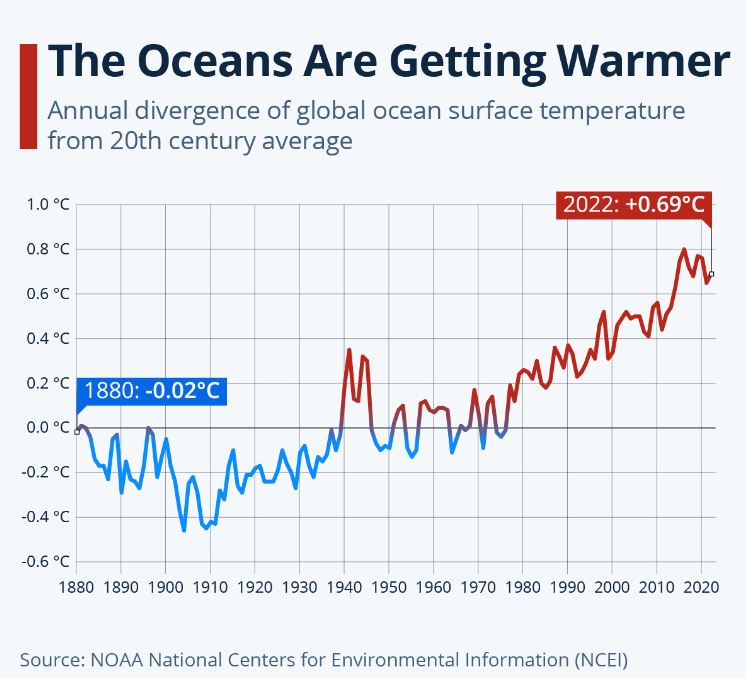
The UN’s climate change panel predicted in 2021 that sea levels will rise between 0.9 and 3.3 feet by 2100. But even they admit that there are uncertainties about ice sheets that could make the situation much worse; this recent study proves that prediction correct. It is yet another example of a positive feedback loop that is making the rate of glacier melt faster and reducing the extent to which ice sheets can form.
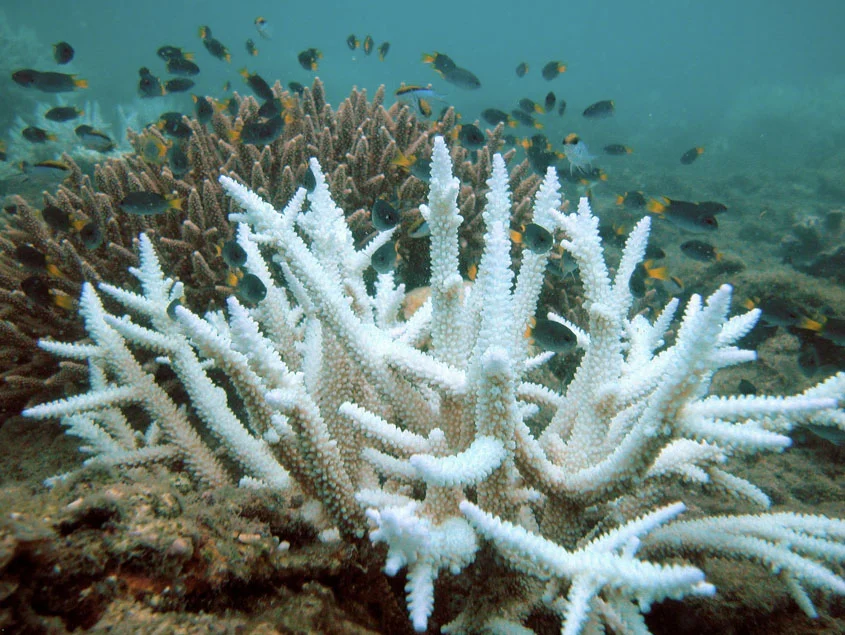
Many marine and coastal ecosystems will see increased risks of irreversible loss at 2 degrees Celsius warming. This could happen even if temperatures later decrease. We’re not just risking our present – we’re gambling with our future.

If Greenland’s ice sheet were to melt completely, sea levels would rise by about 7 meters (23 feet) causing devastation to the billions who live along the world’s coasts.
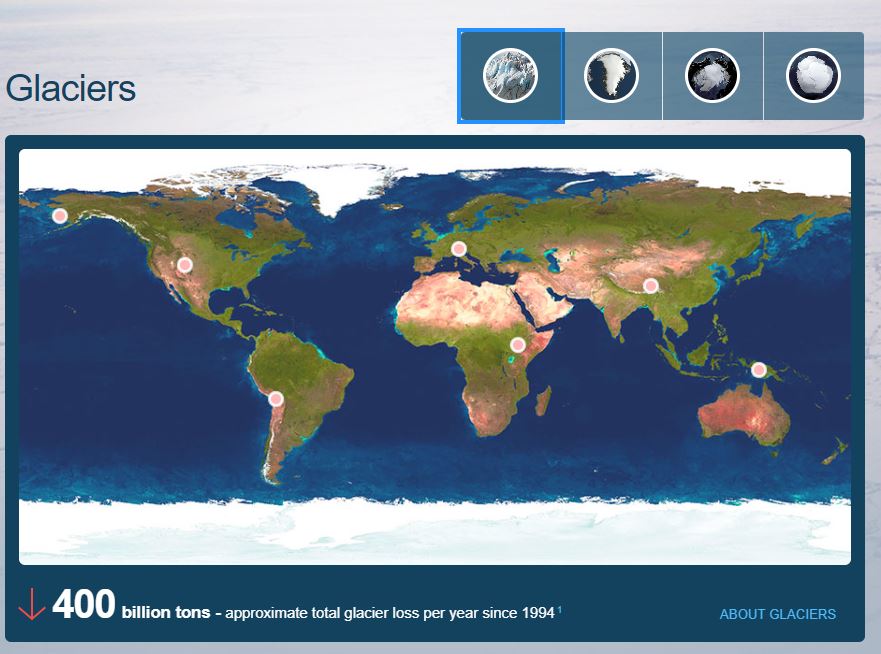
Melting glaciers could disrupt our power supplies and put our drinking water at risk. If all glaciers and ice sheets melted, global sea level would rise by more than 195 feet (60 meters). NASA continuously measures the weight of glaciers and ice sheets – with the twin GRACE satellites from 2002 to 2017, and with the GRACE-Follow On satellites since 2018.
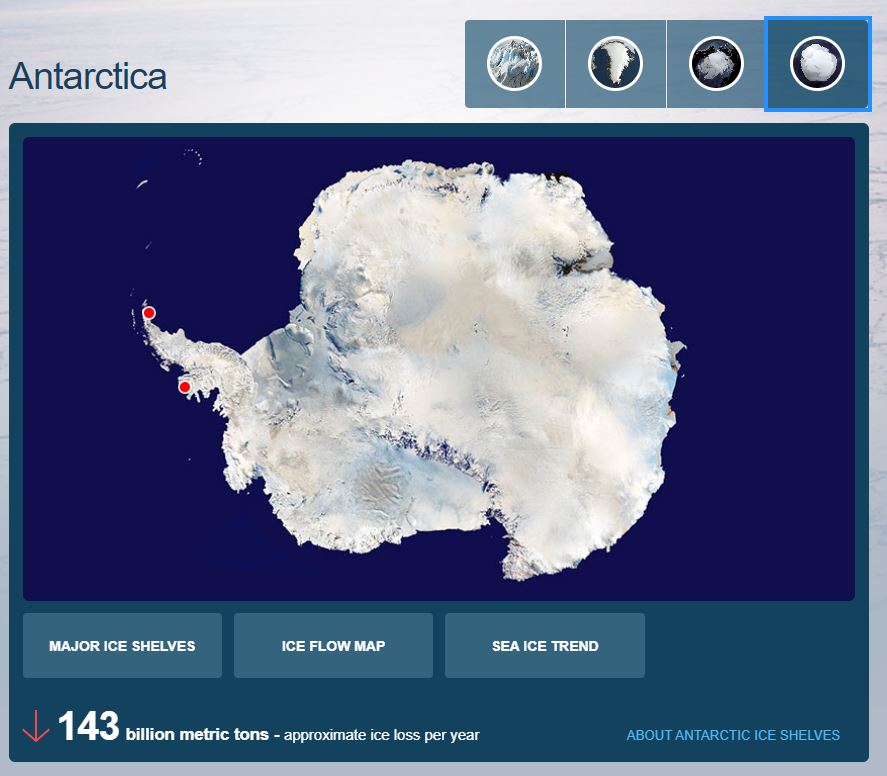
The Antarctic ice sheet contains enough ice to raise global mean sea level by 58 meters if it all melted. Every year, the sheet loses an average of 143 billion metric tons of ice.
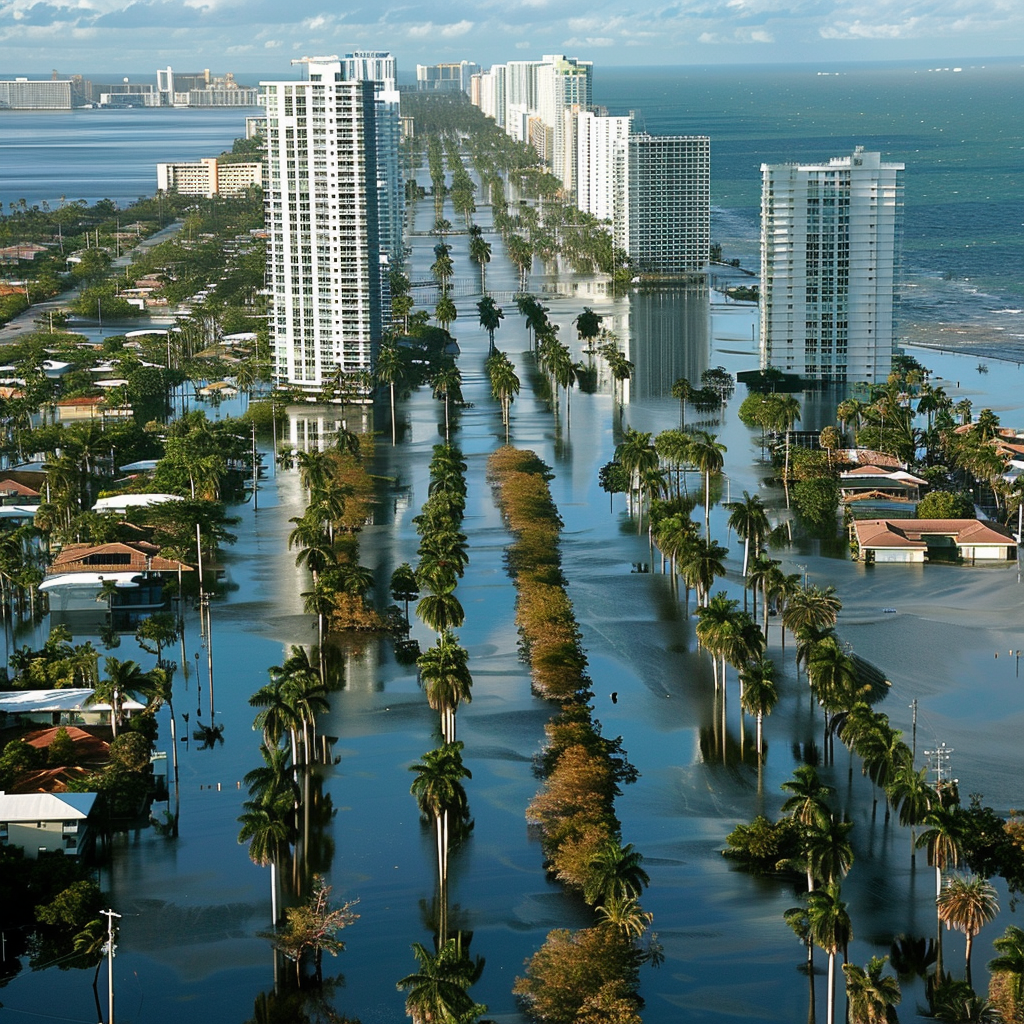
The rapid rate of climate change will have more financial consequences to coastal cities. According to a study Nicholls et al (2007), OECD, Paris) of the top 20 cities in the world 4 are in the United States. Miami tops the USA cities with current exposed assets of 416.29 Billion and future exposed assets of 3,513.04 billion. It’s clear we need to take action now.

